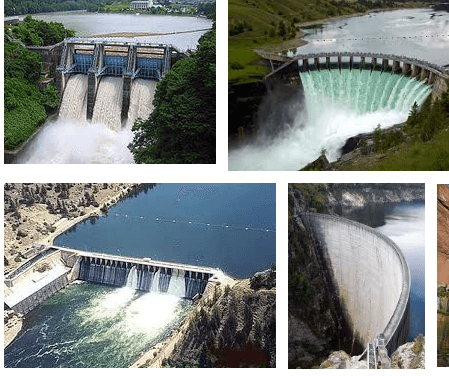Proposed Dams In Pakistan
- Diamer-Basha Dam
- Mohammad/Munda Dam
- Kurram Tangi Dam (Stage-II)
- Naulong Dam Project
Several dams have been proposed in Pakistan, including the Diamer-Basha Dam, Mohammad/Munda Dam, Kurram Tangi Dam (Stage-II), and the Naulong Dam Project. As per a Business Recorder report from April 2018, numerous large and medium dams were under consideration, with a focus on financial feasibility. In the 2018-19 financial year, approximately Rs 59.35 billion was allocated for dam development in Pakistan. Of this, Rs 25 billion was set aside for the Diamer-Basha Dam, highlighting the government’s commitment to water resource management and infrastructure growth.
Proposed Dams In Pakistan

Waterlogged and saline-affected areas have highlighted the urgent need for dams in Pakistan. The Right Bank Outfall Drainage (RBOD-I, II, and III) systems are under consideration to address these issues. The fiscal year 2018-19 brought hopes for the construction of many proposed dams, essential for managing water resources and flood control. In addition to dam development, Rs 700 million was allocated for flood management schemes across Pakistan. These initiatives aim to improve agricultural productivity, water conservation, and overall infrastructure to mitigate water scarcity challenges.
Check Out Katzarah Dam Location
The irrigation department carefully monitors saline zones in Punjab and Sindh for seepage and potential losses. For the fiscal year, a budget of Rs 2.2 billion has been allocated for this program. Ongoing dam projects include Gomal Zam Dam, Kurram Tangi Dam (Kaitu Weir), Darawat Dam, Naulong Dam, and Ghabir Dam, among others. These projects are vital for improving water management and addressing water shortages in affected regions. By enhancing irrigation systems, these initiatives aim to boost agricultural productivity and mitigate the risks of waterlogging and salinity in key areas.
Enhance water resource management in Pakistan, these dam projects are crucial in addressing irrigation challenges and improving agricultural efficiency. The completion of these dams will provide a sustainable solution for controlling water seepage, conserving water in saline zones, and reducing flood risks. These ongoing projects are expected to help ensure water availability in rural areas, increase crop yield, and stabilize the country’s overall food supply. In the long term, this infrastructure will play a vital role in mitigating the effects of climate change and water shortages in Pakistan.